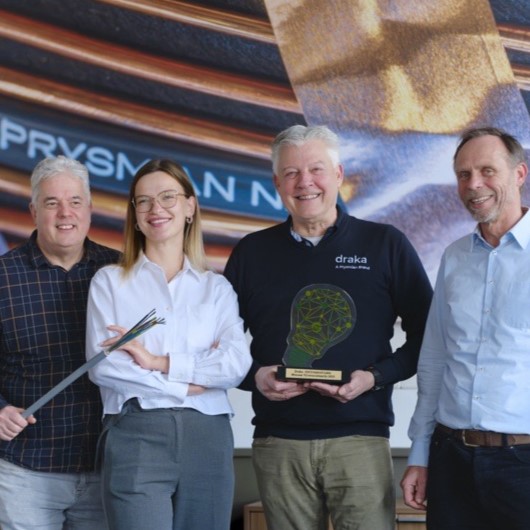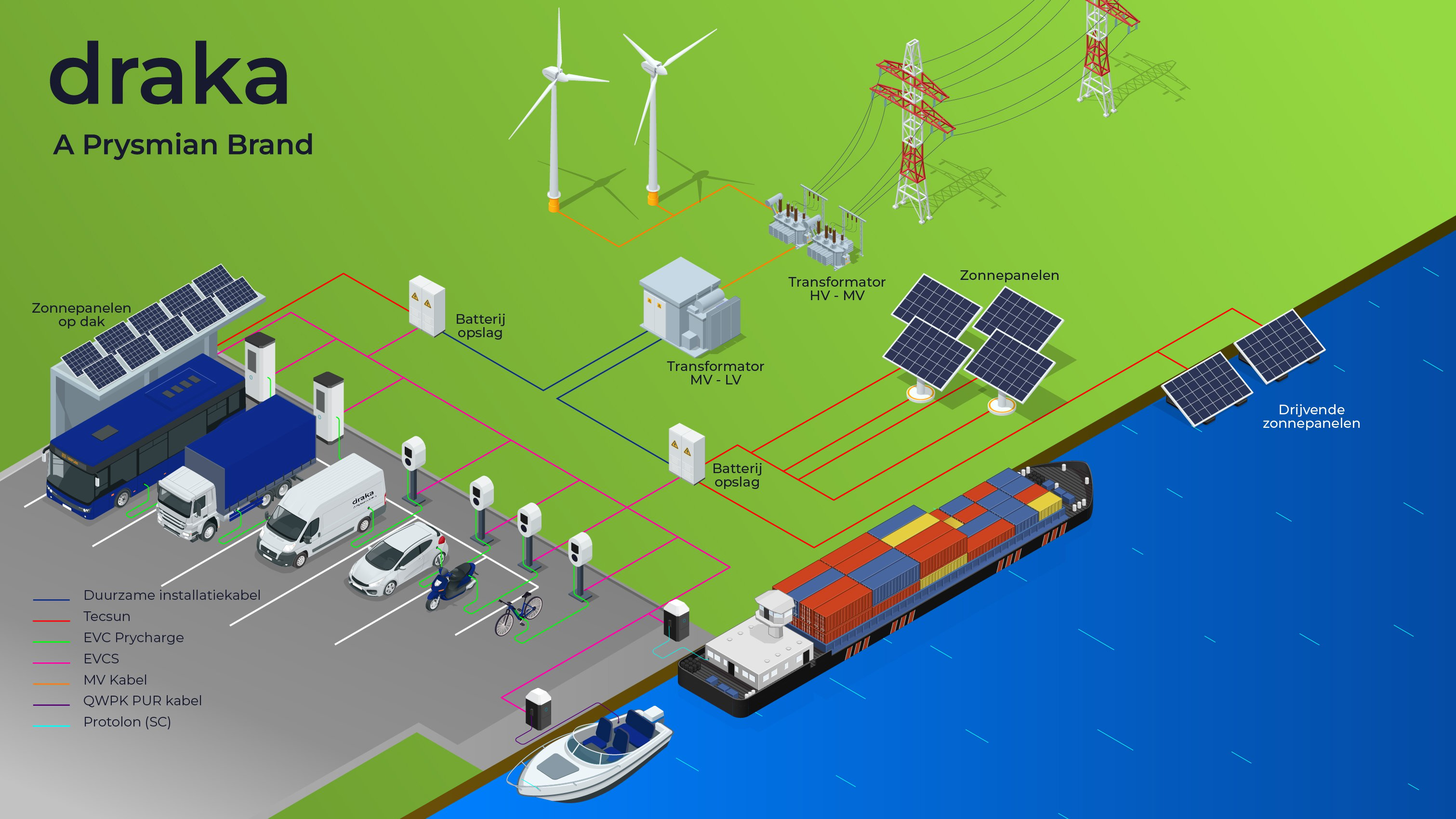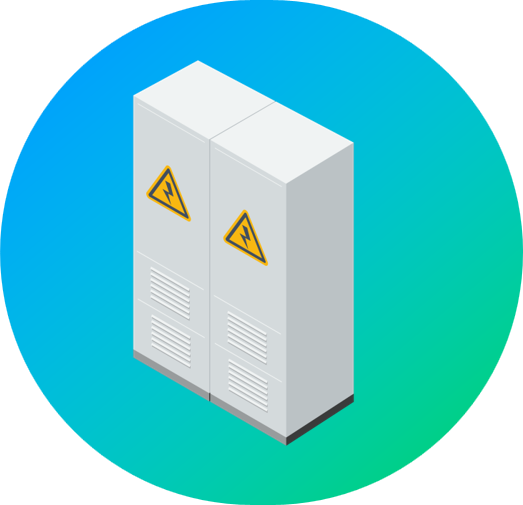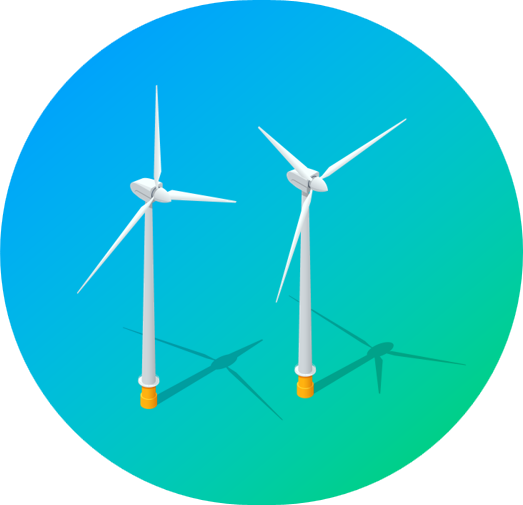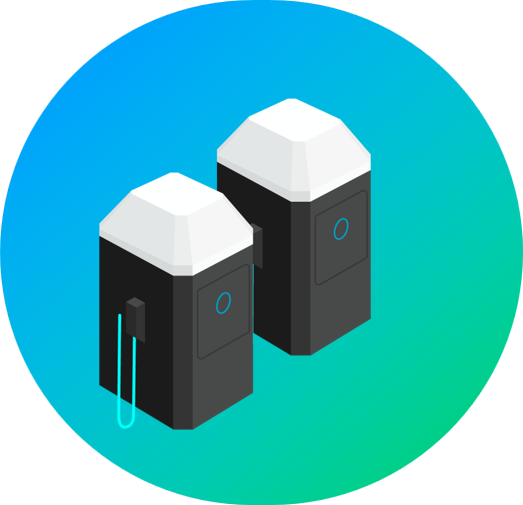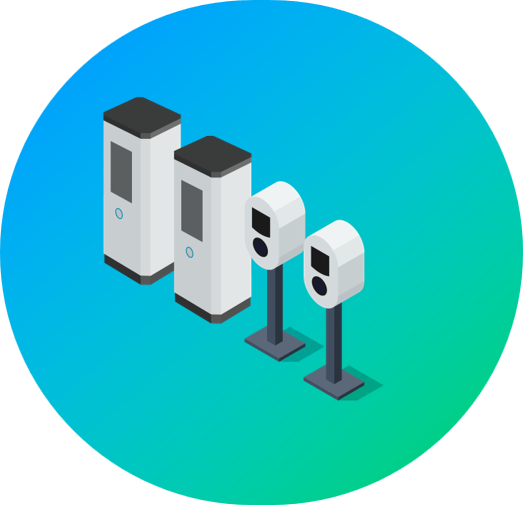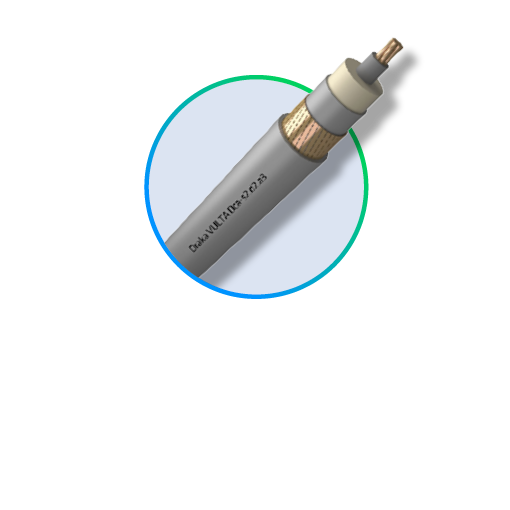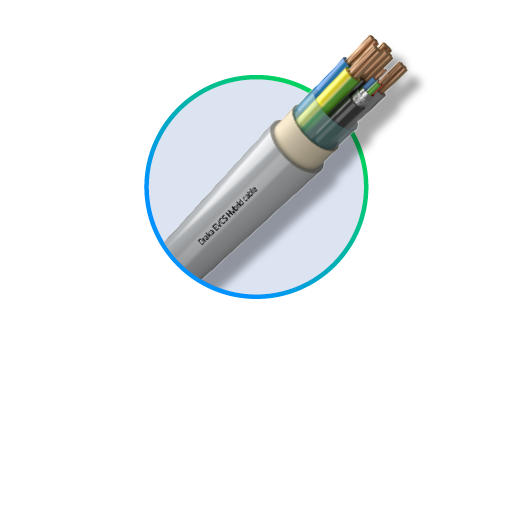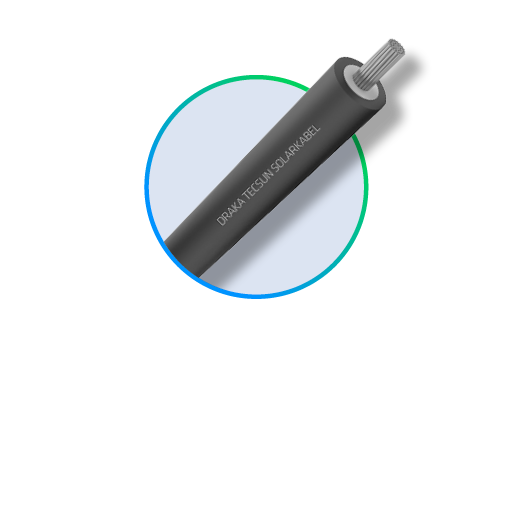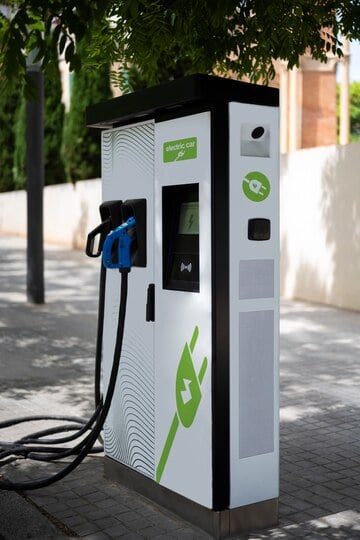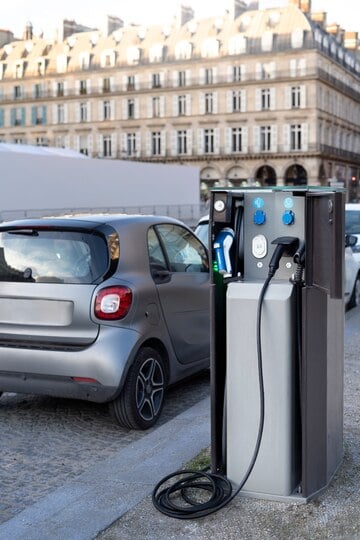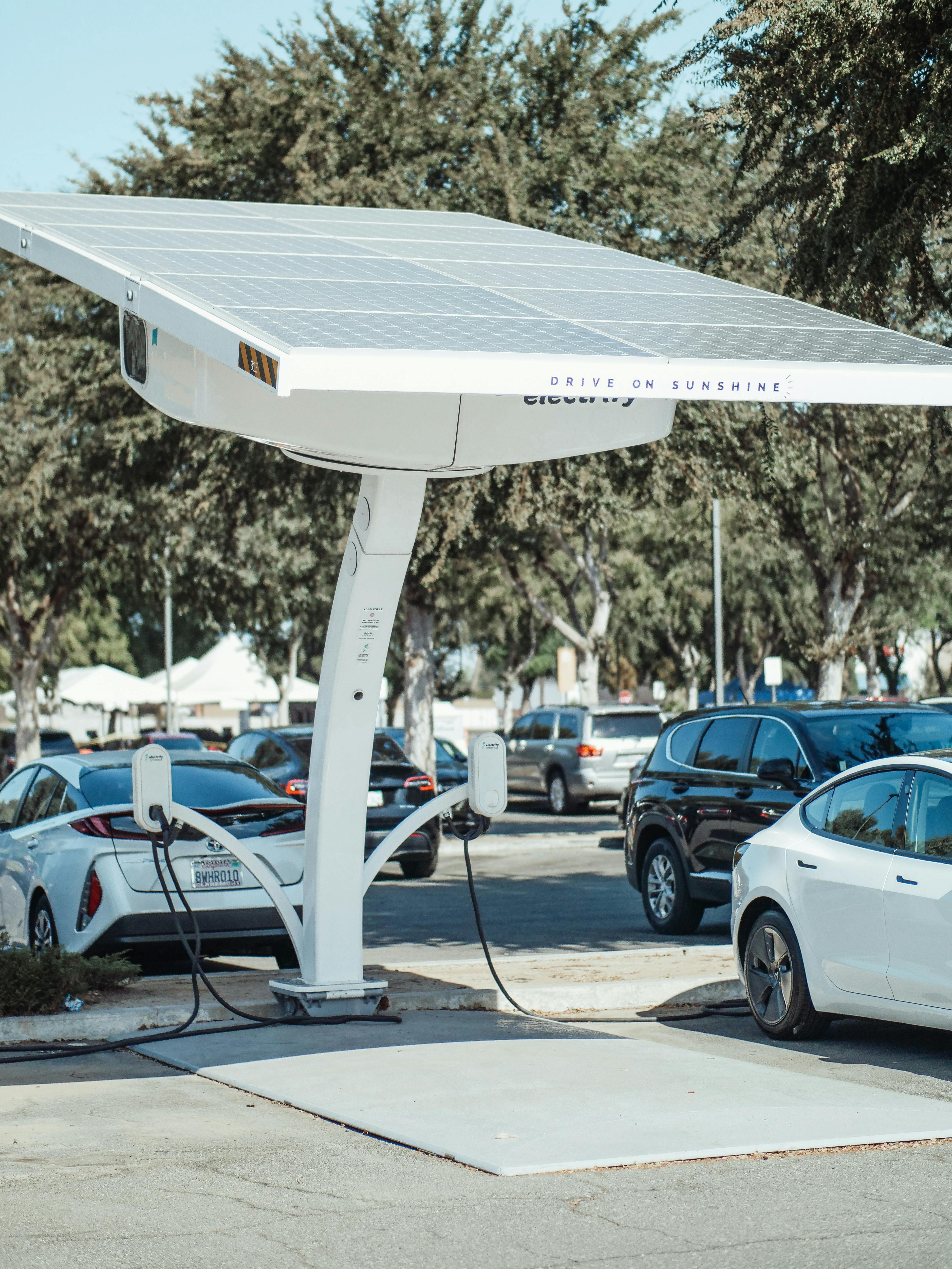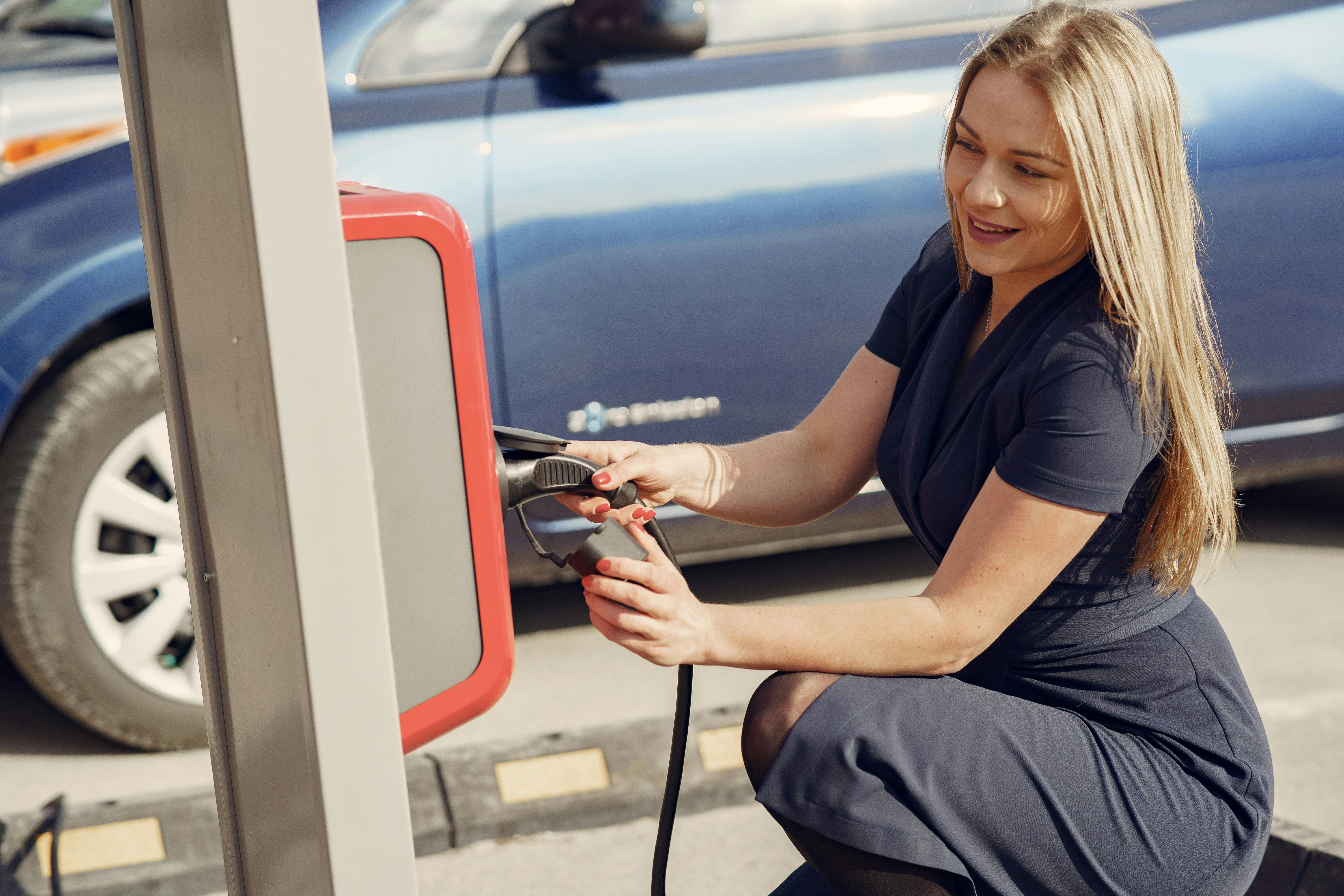The Hybrid EVCS cable from Draka consists of installation wires and 4-wire data cables for power supply and communication function in one.
Connecting the 4-core data cable works as follows;
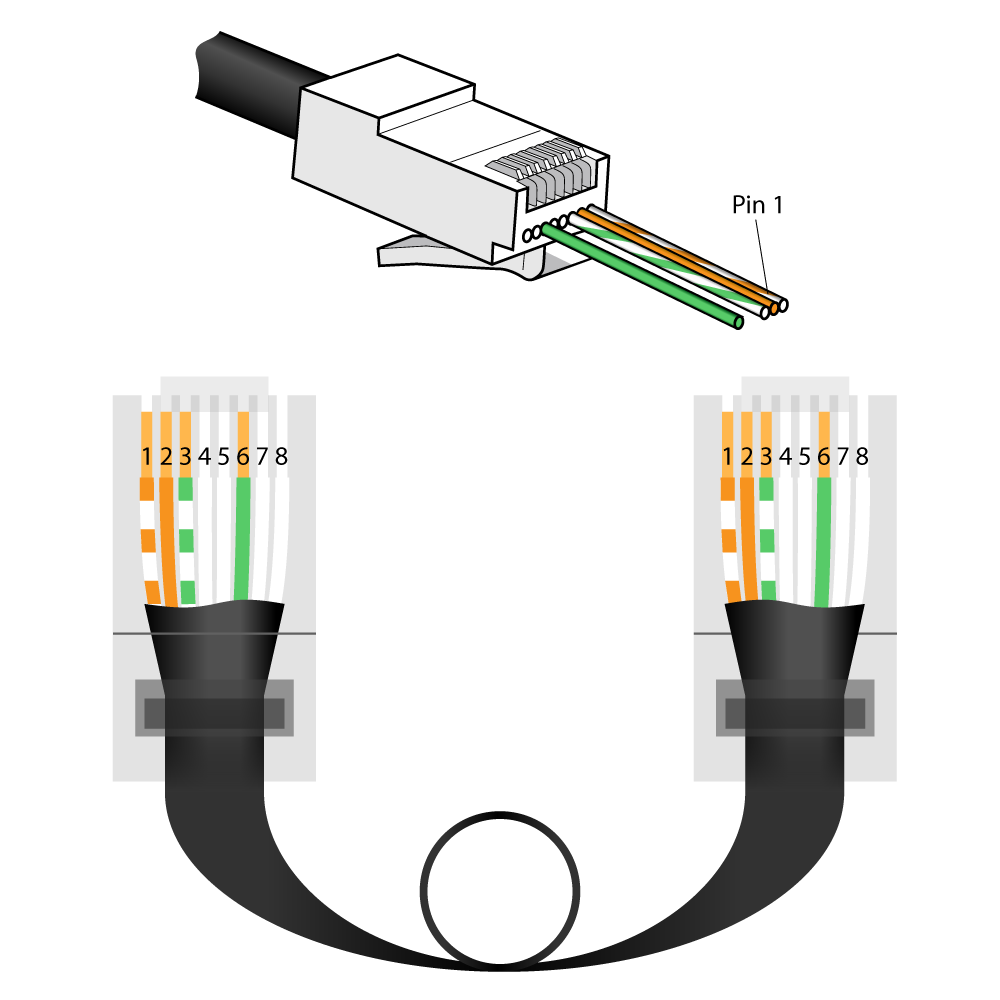
The 4 cores have the color coding as a standard CAT cable, but 4 cores instead of 8 cores. The 4 cores have the colors orange/white, orange, green/white and green.
The order of connection is important for the performance of the cable. Connecting the cores should always be as follows;
Pin 1: Orange/white
Pin 2: Orange
Pin 3: Green/white
Pin 6: Green
To terminate the EVCS cable, use a CAT6a or CAT7 connector.


